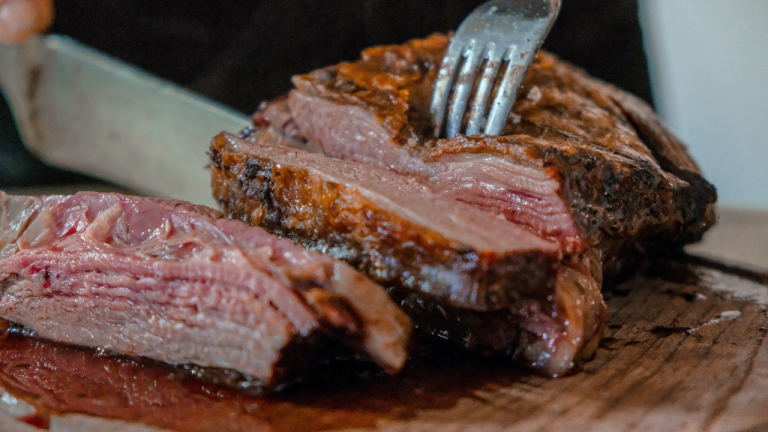Which Bread is Best for Maintaining Healthy Life?

What are The Types of Bread? How Many Quantities Are Required to be Consumed on a Daily Basis for a Healthy Life?
There are various types of bread available, and the healthiness of bread depends on factors such as the type of grains used, processing methods, and added ingredients. Here are some common types of bread:
Whole grain bread: Made from whole grains, such as whole wheat, whole rye, or whole oats, which contain the entire grain, including the bran, germ, and endosperm. Whole grain bread is generally higher in fiber, vitamins, minerals, and other beneficial nutrients compared to refined grain bread.
Multigrain bread: Made from multiple types of grains, but the grains used may not necessarily be whole grains. It’s important to check the label to ensure that the grains are whole grains, as some multigrain bread may still be made from refined grains.
White bread: Made from refined grains, where the bran and germ are removed during processing, leaving only the endosperm. White bread is generally lower in fiber and other nutrients compared to whole-grain bread.
Sourdough bread: Made from the fermented dough using wild yeast and lactic acid bacteria, giving it a distinct tangy flavor. Sourdough bread may have lower phytic acid and higher nutrient bioavailability compared to other types of bread, which can make it a potentially healthier option.
Gluten-free bread: Made from grains or flours that do not contain gluten, a protein found in wheat, barley, and rye. Gluten-free bread is typically suitable for individuals with celiac disease or gluten sensitivity.
The best bread for maintaining a healthy life depends on various factors, including your individual dietary needs, health goals, and any specific health conditions you may have. In general, whole grain bread, such as whole wheat or whole rye bread, is often considered a healthier option due to its higher fiber and nutrient content compared to refined grain bread.
As for the recommended daily consumption of bread, it varies depending on factors such as age, sex, activity level, and overall dietary pattern. In general, it’s important to prioritize a balanced and varied diet that includes a wide range of nutrient-dense foods, including whole grains, fruits, vegetables, lean proteins, and healthy fats. Consulting with a registered dietitian or healthcare provider can provide you with personalized recommendations for your specific dietary needs and health goals.



